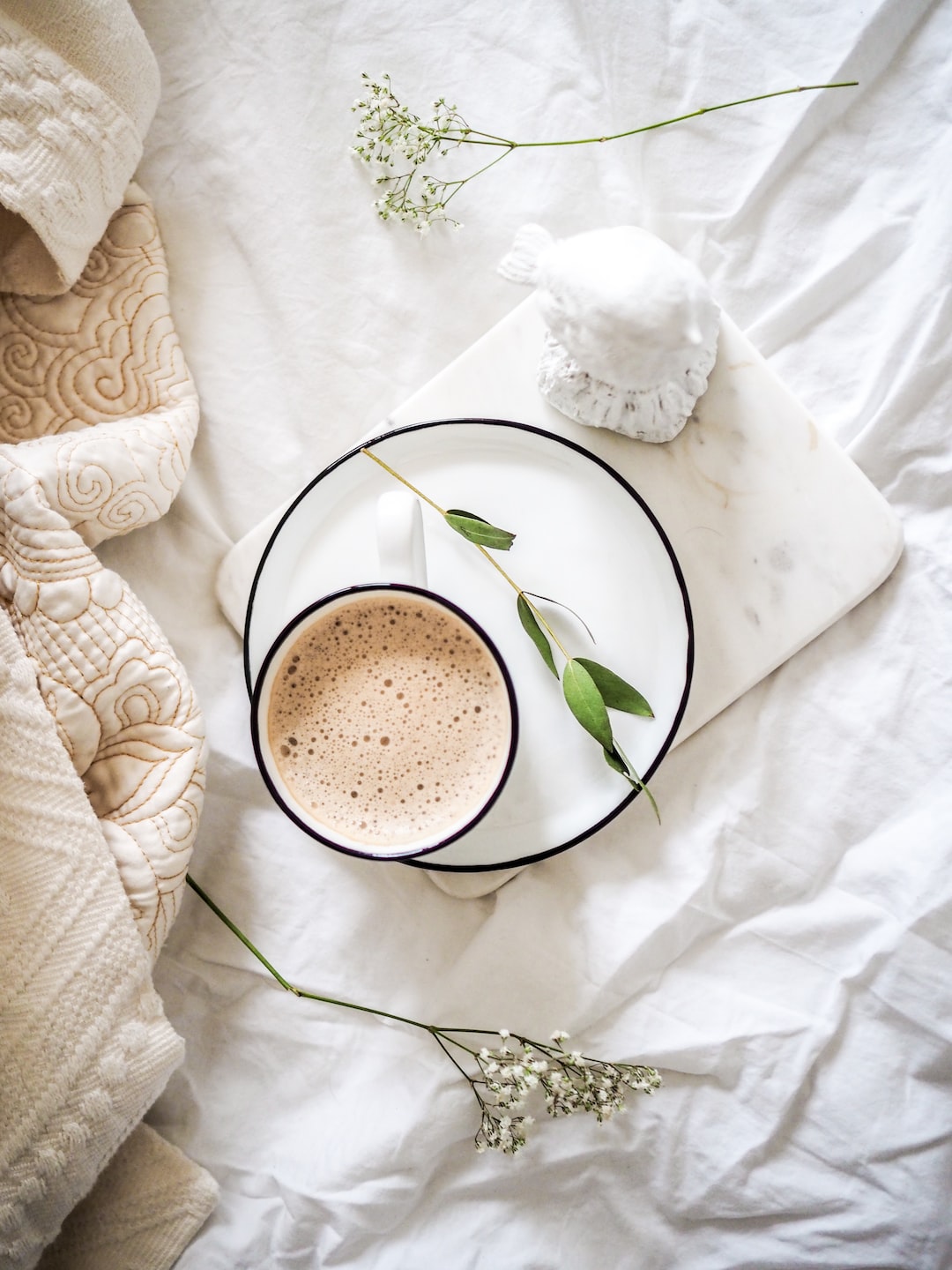For centuries, tea has been a staple beverage around the globe, with over 3 billion cups served every day. Tea signifies comfort, relaxation, and rejuvenation, and its historical and cultural value has been ingrained into people’s daily lives. Admiring the world of tea involves an exploration of various forms, flavors, and regions of origins. Here’s exploring the spectrum of teas ranging from black to green to herbal:
Black Tea
Black tea comes from the Camellia sinensis plant and is the most commonly consumed tea globally. Known for its bold and robust flavor, black tea is highly oxidized and longest processed. The tea leaves turn dark post-processing, and the flavor deepens and becomes richer with time. The distinct color and flavor of black tea make it ideal for blending with other flavors and aromas, infusing it with a unique taste. Earl Grey, Masala Chai, and English Breakfast are some of the popular black tea blends found both in tea shops and supermarkets worldwide.
Green Tea
Green tea originates from the same plant as black tea, Camellia sinensis, but differs in processing. Green tea leaves go through minimal processing and are not allowed to oxidize. As a result, green tea has a more subtle flavor profile with earthy, grassy undertones. It is rich in antioxidant and nutrient content, thus well-known for its health benefits. Sencha, matcha, and jasmine tea are some popular forms of green tea found in the market.
Oolong Tea
Oolong tea is a partially oxidized version of tea leaves similar to black tea but with a flavor between black and green. It is a complex tea with a distinctive aroma and flavor that is difficult to describe. Oolong is popular in China and Taiwan and is a versatile tea that pairs with various foods.
Herbal Tea
Unlike black, green, and oolong tea, herbal tea is a tea infusion made from dried fruit, spices, herbs or leaves. Herbal tea is popular for its calming properties, flavors, and medicinal uses. Herbal tea can be found in every flavor profile from sweet to savory to spicy. Chamomile, peppermint, and hibiscus are some of the most popular herbal teas used for relaxation, stress relief, and in concentration-boosting blends.
Conclusion
Tea has been a cultural staple for thousands of years, with each variety offering different flavors, colors, and benefits. Exploring various types of teas is a delightful adventure, and each one offers its nuances, from traditional tea blends to modern tea fusions like tea lattes and bubble tea. Whether it is black tea that has grown familiar to many or herbal tea with its diverse health benefits, tea shall continue to remain a beloved drink globally.

